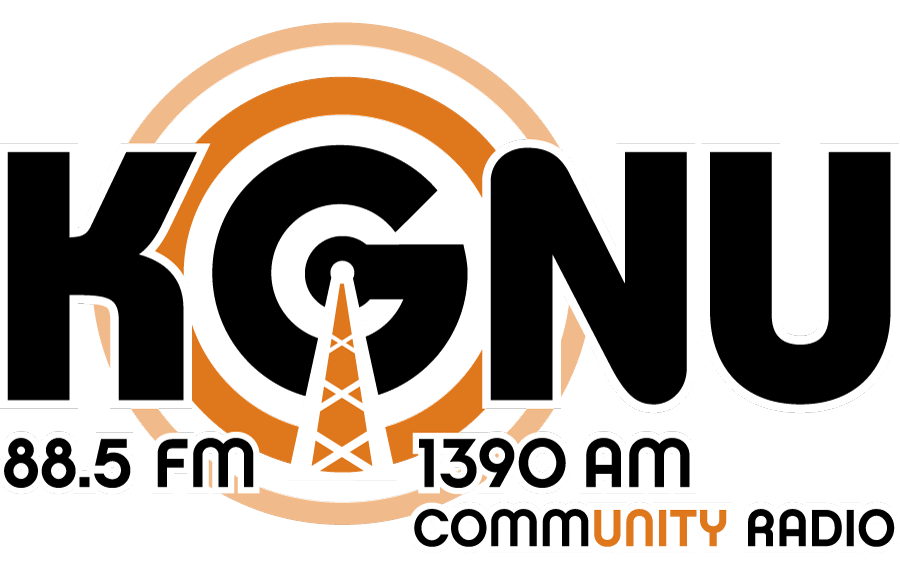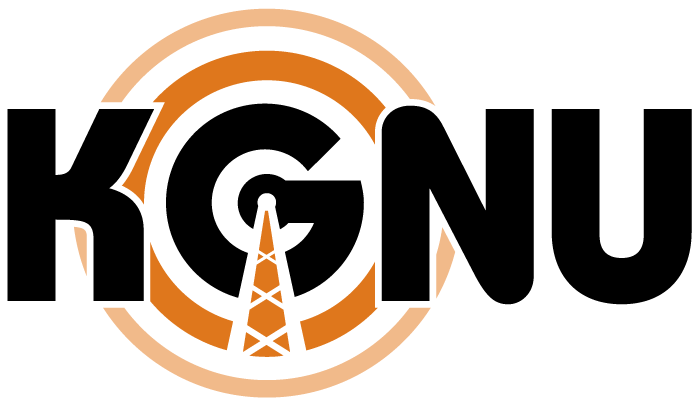The 2013 flood in Boulder County resulted in unprecedented damage and destruction. But for one downtown Boulder church, it created an unusual opportunity to dig into Boulder’s past. KGNU’s Roz Brown toured the site and spoke to archaeologist, Joel Tyberg a contractor with Ageiss, Inc.
Until recently, the northwest corner of Broadway and Pine was a large surface parking lot. It will soon become affordable senior housing units and a community center for Trinity Lutheran Church, which has been a fixture at the site since 1899. Because some funding for the project came from federal flood relief dollars, it required that an archaeologist be hired to document what was unearthed at the site.
“So we’re standing at the southeastern corner – the edge of the project and we knew from the historic fire and insurance maps we were going to find the burned remains of an old barn here,” said Tyberg. “And the back of this property then belonged to Andrew Macky – one of the first settlers and the first banker in Boulder.”
Tyberg says materials found at the site will be analyzed in a laboratory to determine what was going on at the site during Boulder’s early days.
“We know there was a barn, three structures that lined Broadway and the church, and also a couple structures facing Mapleton Avenue,” said Tyberg. 
Some items buried with those foundations will be displayed at Trinity Lutheran Church but Tyberg says not everything identified will be removed.
“Archaeologists always try to stay at the cutting edge of technology,” said Tyberg. “I mentioned ground penetrating radar – that wasn’t available to guys like me in the field 20 years ago. So we don’t like to take everything out of the ground because we want to preserve some of past for the future. Archaeologists are less interested in the objects they find than the context in which they are found.”
At the Broadway and Pine site Tyberg found an old well that was filled in with trash and discovered a daguerreotype – a pre-1860 photographic one-of-a-kind image, on a silver-plated sheet of copper that shows the head and shoulders of an unidentified young man. He says the biggest surprise was a church cornerstone with the wrong date.
“The cornerstone is now in the church but the date is a year off from all the records so we think they left it buried in the ground when they built the new church because it was a mistake,” said Tyberg.
“Someone on the crew found a tiny, delicate bottle that said Cutex on the bottom – so Cutex 100 or 120 years ago was selling nail polish remover in tiny glass bottles,” said Tyberg. “I also found some perfume bottles that were nicely shaped and cucumber ointment bottles – which was very popular in one of these houses. That kind of miracle elixir was very popular in those days. It was amazing what you could get at the corner pharmacy – heroin, morphine, laudanum. That’s what they had back in the day.”
Tyberg laments that most development projects don’t require an archaeologist to be on hand to preserve historic artifacts but he’s glad the Pine and Broadway dig will preserve a bit of the past for Boulder’s future generations.
-
 play_arrow
play_arrow
Preserving Boulder’s Past for Future Generations KGNU News
-
 play_arrow
play_arrow
Preserving Boulder’s Past for Future Generations KGNU News
Podcast: Play in new window | Download

















